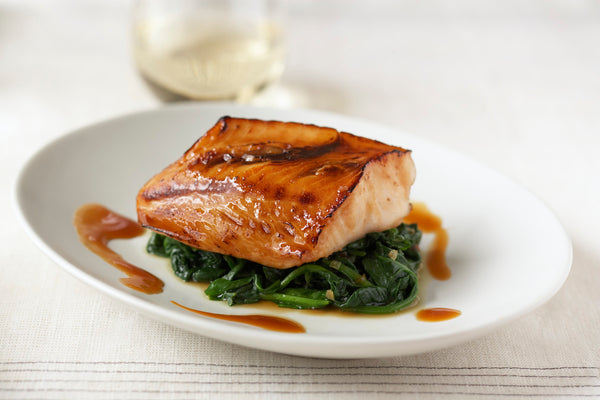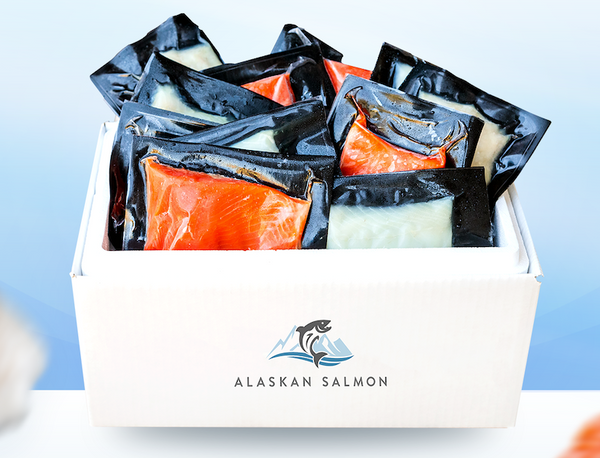
Wild Alaskan Black Cod (Sablefish) Filets (6oz)
Due to high demand, limited inventory is available.
2214+ ordered recently.
Product Description
6 oz filets
Indulge in the rich, buttery flavor and silky, melt-in-your-mouth texture of Alaskan Black Cod (Sablefish), sustainably harvested from Alaska’s cold, deep waters by Your Personal Fisherman, Kyle Lee. Revered by Chef Nobufor its decadent taste and versatility, black cod is perfect for grilling, broiling, or the iconic miso-marinated preparation.
With twice the omega-3 content of salmon, black cod fish is not only delicious but also a nutritional powerhouse, supporting brain function, heart health, and reducing inflammation.
✔ Expertly hand-cut & flash-frozen for maximum freshness: Each black cod fillet is meticulously hand-cut into 6 oz portions, then individually vacuum-sealed and flash-frozen immediately after harvest to lock the fresh black cods, rich flavor, and premium quality.
✔ Carefully packed & delivered to your doorstep: Your order is securely packed with dry ice in a perfectly sized, insulated box, ensuring it arrives frozen and fresh—ready for you to enjoy.
✔ Order today and savor the luxurious taste of Premium Wild Alaskan Black Cod!
Don't Just Take Our Word
Our customers love our seafood.

"The best salmon EVER."

"Perfect for a high protein meal."

"The skin crisps up perfectly."










